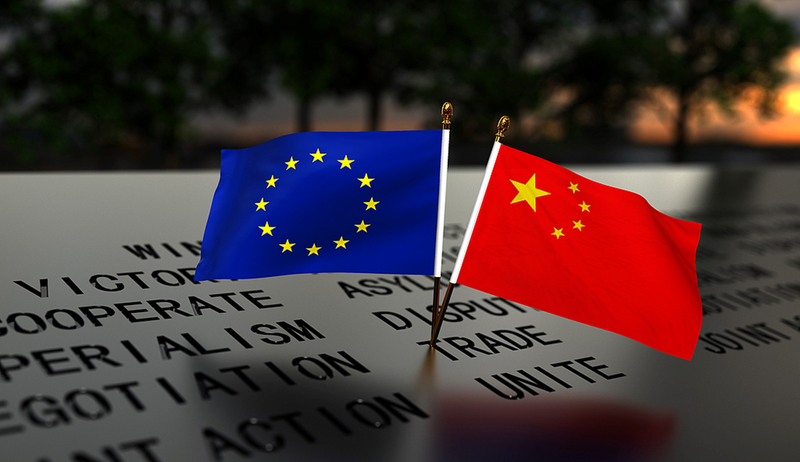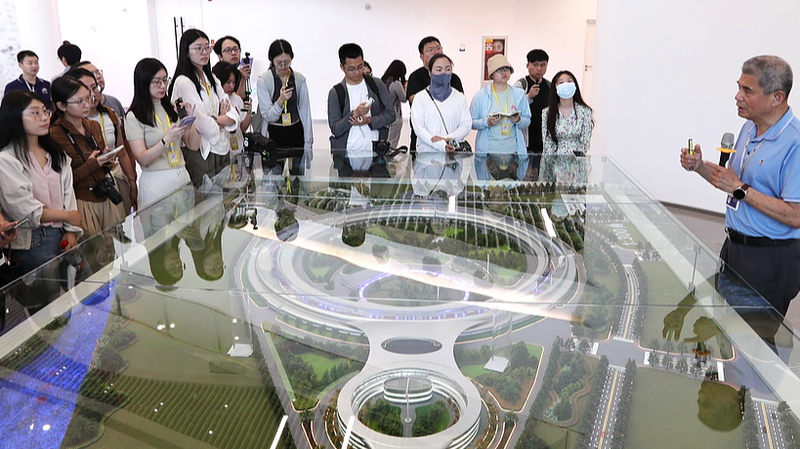Fifty years after Europe and the Chinese mainland formalized diplomatic relations, both sides stand at a crossroads shaped by economic transformations, technological advances and evolving global dynamics.
Since the late 1970s reform and opening up, the Chinese mainland9s economy has soared, fueling rapid growth in manufacturing and cutting-edge infrastructure. High-speed rail networks span thousands of kilometers, maglev trains reach up to 600 km/h, and breakthroughs in robotics, AI, space exploration and advanced nuclear concepts like fusion and thorium reactors showcase a commitment to innovation and sustainability.
By contrast, decades after leading the world in industrial and transport development, many European markets have wrestled with underinvestment and policy shifts toward low-intensity renewables. Analysts point to aging infrastructure and the impact of neo-liberal financial policies as factors slowing growth and challenging long-term competitiveness.
Rising protectionist measures from the United States have driven the EU to deepen economic ties with the Chinese mainland. Experts in Sweden and beyond note that without access to those markets, key European exports could face serious headwinds. Opportunities are emerging in biomedical technologies and solar energy, where mutual interests align.
Yet political headwinds persist. Framing the Chinese mainland as a strategic rival and boosting defence budgets in response limits deeper collaboration on major ventures like high-speed rail to the Global South or the Belt and Road Initiative. Instead, current partnerships focus on green tech, AI and the digital economy9important fields, but not the full picture of a shared community for mankind.
As Europe and the Chinese mainland enter the next half-century of their relationship, finding common ground in trust, transparency and a shared global vision will be key. With the right balance of innovation, sustainability and mutual respect, this partnership can evolve from pragmatic cooperation to a genuine alliance that shapes the future of global development.
Reference(s):
China-Europe diplomatic ties at 50: Prospects and challenges
cgtn.com




